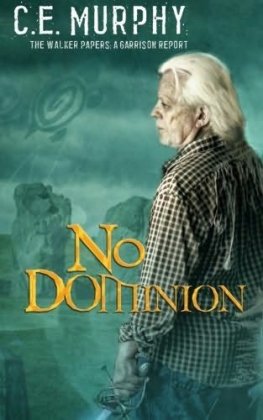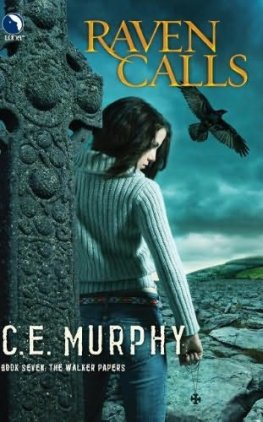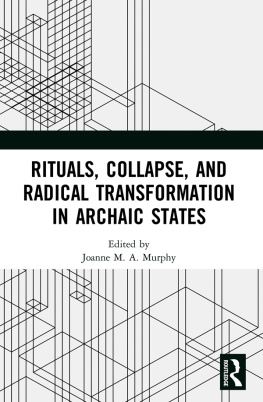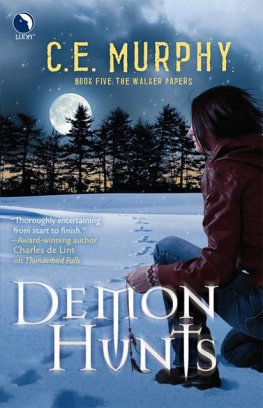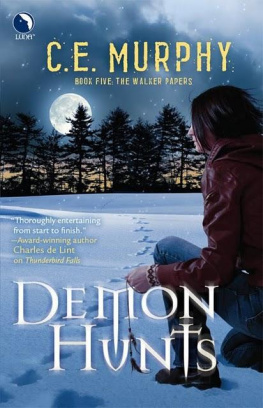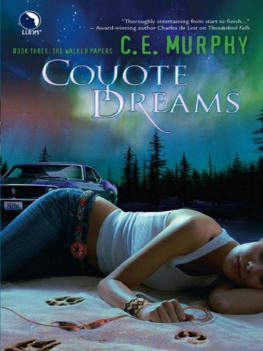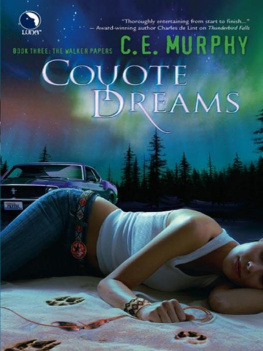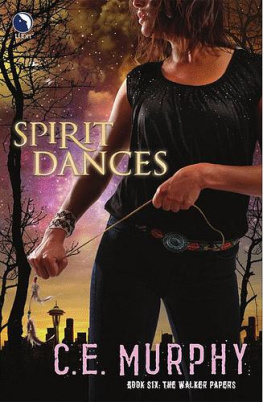Joanne M. A. Murphy - Death in Late Bronze Age Greece
Here you can read online Joanne M. A. Murphy - Death in Late Bronze Age Greece full text of the book (entire story) in english for free. Download pdf and epub, get meaning, cover and reviews about this ebook. year: 2019, publisher: OUP Premium, genre: Politics. Description of the work, (preface) as well as reviews are available. Best literature library LitArk.com created for fans of good reading and offers a wide selection of genres:
Romance novel
Science fiction
Adventure
Detective
Science
History
Home and family
Prose
Art
Politics
Computer
Non-fiction
Religion
Business
Children
Humor
Choose a favorite category and find really read worthwhile books. Enjoy immersion in the world of imagination, feel the emotions of the characters or learn something new for yourself, make an fascinating discovery.
- Book:Death in Late Bronze Age Greece
- Author:
- Publisher:OUP Premium
- Genre:
- Year:2019
- Rating:5 / 5
- Favourites:Add to favourites
- Your mark:
- 100
- 1
- 2
- 3
- 4
- 5
Death in Late Bronze Age Greece: summary, description and annotation
We offer to read an annotation, description, summary or preface (depends on what the author of the book "Death in Late Bronze Age Greece" wrote himself). If you haven't found the necessary information about the book — write in the comments, we will try to find it.
Death in Late Bronze Age Greece — read online for free the complete book (whole text) full work
Below is the text of the book, divided by pages. System saving the place of the last page read, allows you to conveniently read the book "Death in Late Bronze Age Greece" online for free, without having to search again every time where you left off. Put a bookmark, and you can go to the page where you finished reading at any time.
Font size:
Interval:
Bookmark:


Oxford University Press is a department of the University of Oxford. It furthers the Universitys objective of excellence in research, scholarship, and education by publishing worldwide. Oxford is a registered trade mark of Oxford University Press in the UK and certain other countries.
Published in the United States of America by Oxford University Press
198 Madison Avenue, New York, NY 10016, United States of America.
Oxford University Press 2020
All rights reserved. No part of this publication may be reproduced, stored in a retrieval system, or transmitted, in any form or by any means, without the prior permission in writing of Oxford University Press, or as expressly permitted by law, by license, or under terms agreed with the appropriate reproduction rights organization. Inquiries concerning reproduction outside the scope of the above should be sent to the Rights Department, Oxford University Press, at the address above.
You must not circulate this work in any other form and you must impose this same condition on any acquirer.
Library of Congress Cataloging-in-Publication Data
Names: Murphy, Joanne M. A., 1971 editor.
Title: Death in late Bronze Age Greece : variations on a theme / edited by
Joanne M.A. Murphy.
Description: New York : Oxford University Press, 2020. |
Includes bibliographical references and index.
Identifiers: LCCN 2019036477 (print) | LCCN 2019036478 (ebook) |
ISBN 9780190926069 (hardback) | ISBN 9780190926076 (updf) |
ISBN 9780190926083 (epub) | ISBN 9780190926090 (online)
Subjects: LCSH: Funeral rites and ceremonies, AncientGreece. | Bronze
ageGreece. | TombsGreece. | Sepulchral monumentsGreece.
Classification: LCC GT3170 .D426 2020 (print) | LCC GT3170 (ebook) |
DDC 393/.930938dc23
LC record available at https://lccn.loc.gov/2019036477
LC ebook record available at https://lccn.loc.gov/2019036478
To Mary OToole Thompson, Paddy Thompson, and Paddy OToole, with deepest gratitude for a lifetime of kindness and love
... But here is a list of generous men and women, whose good works have not been forgotten. In their descendants there remains a rich inheritance born of them. Ecclesiasticus, 44, 6, 10
Joanne M. A. Murphy
Joanne M. A. Murphy, Sharon R. Stocker, Jack L. Davis, and Lynne A. Schepartz
Kim Shelton
Nikolas Papadimitriou, Anna Philippa-Touchais, and Gilles Touchais
R. Angus K. Smith, Mary K. Dabney, and James C. Wright
Constantinos Paschalidis
Lena Papazoglou-Manioudaki
Elisabetta Borgna and Gaspare De Angeli
Sevi Triantaphyllou and Stelios Andreou
Mercourios Georgiadis
Calla McNamee and Salvatore Vitale
Luca Girella
R. Angus K. Smith
Anna Lucia DAgata
T his volume arose out of a session held at the American Institute of American meeting in 2014, which was intended to integrate ritual and mortuary data into mainstream discussions of the Bronze Age political economy. As is common with such endeavors, some of the session presenters were unable to include their paper in the volume and others who did not present have published here. I am grateful to them all for contributing to our understanding of the complexity of Bronze Age mortuary practices and their connection with and impact on their society.
I am extremely grateful to Kim Shelton who agreed to co-organize the session at the AIA with me and helped with the travel expenses of some of our colleagues to attend the session. I am also thankful for Kims support in the early days of the volume.
I thank Oxford University Press for their support in publishing this volume and the external reviewers who made insightful comments on the papers. I especially thank the contributors for their patience and perseverance during the process of bringing the volume to completion.
Stelios Andreou, Aristotle University of Thessaloniki
Elisabetta Borgna, Dipartimento di Studi Umanistici e dei Beni Culturali, Universit di Udine
Anna Lucia DAgata, Consiglio Nazionale delle Ricerche (CNR), Roma.
Mary K. Dabney, Bryn Mawr College
Jack L. Davis, University of Cincinnati
Gaspare De Angeli, Dipartimento di Studi Umanistici e dei Beni Culturali, Universit di Udine
Mercourios Georgiadis, Catalan Institute of Classical Archaeology (ICAC), Tarragona, Spain
Luca Girella, Universit Telematica Internazionale Uninettuno, Roma
Calla McNamee, Wiener Laboratory for Archaeological Science, ASCSA
Joanne M. A. Murphy, University of North Carolina Greensboro
Nikolas Papadimitriou, University of Heidelberg
Lena Papazoglou-Manioudaki, National Archaeological Museum, Athens (Curator Emerita)
Constantinos Paschalidis, National Archaeological Museum, Athens
Anna Philippa-Touchais, French School at Athens
Lynne A. Schepartz, University of the Witwatersrand and the Museum of Archaeology and Anthropology, University of Pennsylvania
Kim Shelton, University of California, Berkeley
R. Angus K. Smith, Department of Classics, Brock University
Sharon R. Stocker, University of Cincinnati
Gilles Touchais, University Paris 1 Panthon-Sorbonne
Sevi Triantaphyllou, Aristotle University of Thessaloniki
Salvatore Vitale, University of Pisa
James C. Wright, Bryn Mawr College
Joanne M. A. Murphy
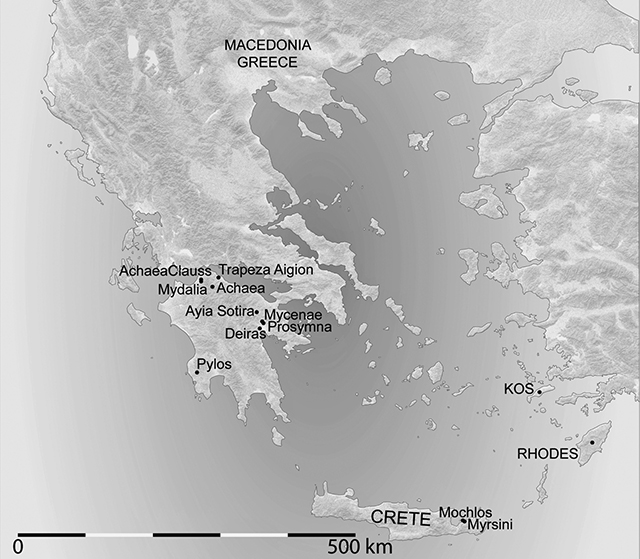
FIG. 1.1 Map of Greece showing regions and sites discussed in the volume (drawn by John Wallrodt).
The abundance and monumentality of LBA tombs, especially tholoi, in Greece have assured them a prominent position in archaeological scholarship. The significance of this role has grown exponentially with the increasing global interest in mortuary studies, which stress the sociopolitical value of tombs and mortuary customs (for recent examples, see .) Each of these frameworks has enhanced our interpretations of the function of these tombs in society, has highlighted a different aspect of the tombs, and has shifted and enriched the debates about Bronze Age Greek society.
Diversity in mortuary practices has been noted but not fully explored in several recent edited volumes ( comments on the highly differentiated practices which may underlie the importance of burial as a means of constituting highly local identities in reference to the different practices explored in the volume from the Neolithic to the Bronze Age (BA). The variety of practices throughout the Eastern Mediterranean in the creation and embodiment of identities is richly illustrated in the chapters in that volume, although the theme of diversity is not explicitly examined. Similarly, diversity is evident in, but not the focus of, the chapters in the volume edited by Dakouri-Hild and Boyd; drawing on postmodern studies, the funerary realm is examined through the lenses of performance, death, and the phenomenology of place with a focus on the situation of human action and therefore a strong emphasis on the context of the ritual activity. The volume edited by Schallin and Tournavitou offers a broader assessment of the current state of the Mycenaean studies than the previous two volumes, including seven chapters dedicated to mortuary data that give examples of current knowledge and approaches in that area. With the rich data sets explored in those volumes and the emphasis on the importance of context, these studies lay the groundwork for the current volume, which expands on the theme of diversity in practices, takes a different approach than traditional studies, and builds on the recent works.
Font size:
Interval:
Bookmark:
Similar books «Death in Late Bronze Age Greece»
Look at similar books to Death in Late Bronze Age Greece. We have selected literature similar in name and meaning in the hope of providing readers with more options to find new, interesting, not yet read works.
Discussion, reviews of the book Death in Late Bronze Age Greece and just readers' own opinions. Leave your comments, write what you think about the work, its meaning or the main characters. Specify what exactly you liked and what you didn't like, and why you think so.


